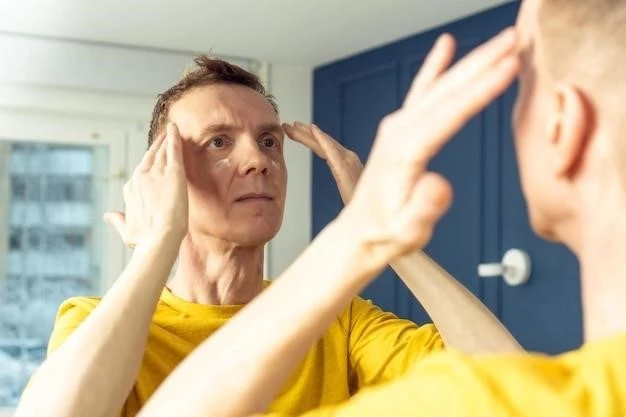Introduction to Prosopamnesia
Prosopamnesia (Greek⁚ προσωπον face, αμνησια forgetfulness) is a selective neurological impairment in the ability to learn new faces. There is a special neural circuit for the processing of faces as opposed to other non-face objects.
Definition and Origin
Prosopamnesia is a selective neurological impairment in the ability to learn new faces. This condition arises due to a specific deficit in the neural circuit responsible for encoding perceptions as memories, impacting face recognition and memory processes.
Types of Prosopamnesia
Prosopamnesia is a face-selective memory disorder characterized by impaired face learning while other memory functions remain intact.
Associative Prosopamnesia
In associative prosopamnesia, individuals have difficulty connecting faces with associated information or memories, leading to a specific impairment in recalling contextual details related to faces.
Apperceptive Prosopamnesia
Apperceptive prosopamnesia involves a deficit in the early stages of face processing, leading to an inability to perceive and differentiate facial features accurately, distinct from memory or association issues.
Comparison with Prosopagnosia
Prosopamnesia, akin to prosopagnosia, involves difficulties in face recognition, with prosopamnesia focusing on memory impairment for new faces specifically.
Differentiating Factors
One key distinguishing factor between prosopamnesia and prosopagnosia is that prosopamnesia primarily affects the ability to learn new faces, whereas prosopagnosia involves a broader impairment in recognizing both familiar and new faces.
Diagnosis and Criteria
Diagnosing prosopamnesia involves evaluating preserved face perception, memory for non-face material, and the recognition of familiar faces. Distinct criteria are essential for identifying this selective memory impairment.
Diagnostic Process
The diagnostic process for prosopamnesia involves assessing preserved face perception, memory for non-face material, and recognition of faces known premorbidly, to distinguish it from other conditions like prosopagnosia.
Symptoms of Prosopamnesia
Individuals with prosopamnesia exhibit difficulty in learning new faces, specifically experiencing challenges in recognizing and remembering unfamiliar faces.
Primary Indications
The primary indication of prosopamnesia is the difficulty in recognizing and remembering unfamiliar faces, highlighting a specific impairment in learning new facial identities.
Brain Mechanisms Involved
Prosopamnesia is linked to a specific deficit in the neural circuit responsible for encoding perceptions as memories, particularly affecting the learning of new faces.
Neural Circuits
Neural circuits play a crucial role in prosopamnesia, with a specific deficit impacting the neural pathway responsible for encoding facial perceptions as memories. This impairment directly affects the learning of new facial identities.

Cases and Studies
Cases and studies on prosopamnesia remain limited, with only two reported cases in adults, one being congenital and the other resulting from brain damage.
Reported Instances
Current literature on prosopamnesia includes limited reported cases, with only two instances documented in adults – one congenital and the other resulting from brain damage, underscoring the rarity of this selective memory disorder.
The inability to recognize new faces in prosopamnesia can lead to challenges in social interactions, professional environments, and daily activities requiring facial identification.

Impact on Daily Life
The inability to recognize new faces in prosopamnesia can significantly impact various aspects of daily life, leading to challenges in social interactions, work environments, and everyday activities where facial identification is essential.
Emotional Recognition in Prosopamnesia
Individuals with prosopamnesia may face challenges in recognizing emotions from facial expressions, impacting social interactions and emotional understanding.
Emotional Processing Differences
Individuals with prosopamnesia may struggle with recognizing emotions from facial expressions, impacting their ability to interpret social cues and understand emotional states accurately.
Treatment and Management
Treatment for prosopamnesia involves therapeutic approaches aimed at improving face recognition through memory training, cognitive exercises, and social skills interventions.
Therapeutic Approaches
Therapeutic approaches for prosopamnesia focus on improving face recognition through memory training, cognitive exercises, and interventions aimed at enhancing social skills and emotional recognition.
Future Research Directions
Future research on prosopamnesia should focus on exploring innovative therapeutic strategies, understanding the underlying neural mechanisms better, and investigating potential cognitive interventions to enhance face recognition abilities.
Areas for Further Study
Future research directions in the study of prosopamnesia could delve into exploring innovative therapeutic strategies, understanding the neural mechanisms better, and investigating cognitive interventions to improve face recognition abilities in affected individuals.
